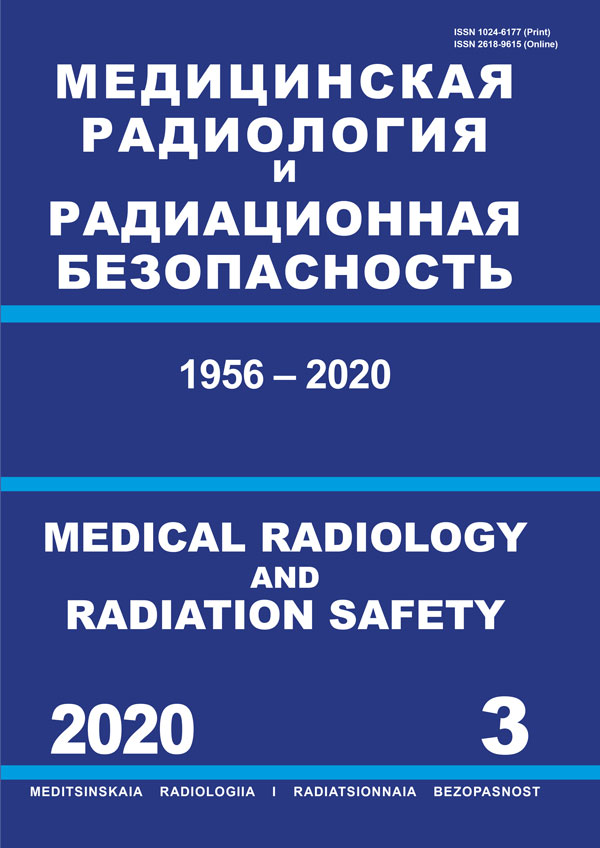Aim of the study: Assessment of reliability of radiation safety standards after inhalation intake of Pu-239. Material and methods: Using results of epidemiological study of lung cancer mortality in Mayak workers cohort and statistical data on all causes and lung cancer mortality in Russia the excess lifetime risk of lung cancer death was calculated. Results: Current radiation safety standards restrict annual intake of Pu-239 class “S” at 1300 Bq/year level. The annual limit of intake is calculated in a way that the level of committed effective dose in 50 years after intake should not exceed 20 mSv. At the same time radiation safety standards restrict the level of the excess lifetime risk of cancer death at the level of 0.05 (for category A personnel) and/or annual increment of excess lifetime risk at the level 0.001. The equivalent dose of alpha-particles to the lung after 50 years of inhalation intake of Pu class “S” when calculated according to DOSE-2008 model will be 7 Sv. Given the pattern of dose accumulation over time after this scenario of Pu class “S” inhalation intake we calculated excess relative risk of lung cancer death, lifetime excess risk of lung cancer death and annual increment of excess lifetime risk. In 50 years of exposure to inhalation intake of Pu-239 class “S” the excess lifetime risk of lung cancer death will be 0.08, i.e. will exceed the 0.05 limit provided in radiation safety standards. The annual increment of the lifetime risk will exceed limit of 0.001, provided by the radiation safety standards, at age 45 and older. These results demonstrate that the protection of personnel working with Pu-239 class “S” is insufficient in current radiation safety standards. One of the potential reasons is that lung contribution to total detriment for organism provided by ionizing radiation is averaged for all ages whereas for people of working age who contact to Pu at work this detriment doubles.
radiation safety standards, lifetime risk, inhalation intake, Plutonium-239
В действующих нормах радиационной безопасности указывается, что в условиях нормальной эксплуатации источников ионизирующего излучения пределы доз облучения в течение года устанавливаются исходя из значения индивидуального пожизненного избыточного риска, равного для персонала 1,0×10–3 в год, – что составляет 5×10–2 за 50 лет профессиональной карьеры. Это означает, что все остальные нормируемые величины, включая основной предел дозы (20 мЗв в год в среднем за любые последовательные 5 лет), а также пределы годового поступления нуклидов являются производными от принятого значения максимально допустимого пожизненного избыточного риска.
1. Normy radiacionnoj bezopasnosti (NRB-99/2009): Sanitarnye pravila i normativy SanPiN 2.6.1.2523-09 - M.: Federal’nyj centr gigieny i jepidemiologii Rospotrednadzora, 2009, 100 s.
2. Pierce D.A., Shimizu Y., Preston D.L. et al. Studies of the mortality of atomic bomb survivors. Report 12. Part I. Cancer: 1950-1990. 1996 // Radiat. Res. 2012. Vol. 178. № 2. P. 61-87.
3. Preston D.L., Shimizu Y., Pierce D.A. et al. Studies of mortality of atomic bomb survivors. Report 13: Solid cancer and noncancer disease mortality: 1950-1997. 2003 // Radiat. Res. 2012. Vol. 178. № 2. P. 146-172.
4. Preston D.L., Ron E., Tokuoka S. et al. Solid cancer incidence in atomic bomb survivors: 1958-1998 // Radiat. Res. 2007. Vol. 168. № 1. P. 1-64.
5. The 2007 Recommendations of the International Commission on Radiological Protection. ICRP publication 103 // Ann. ICRP. 2007. Vol. 37. № 2-4. P. 1-332.
6. ICRP 1990 Recommendations of the International Comission on Radiological Protection. ICRP publication 60 // Ann. ICRP. 1991. Vol. 21. № 1-3.
7. Gilbert E.S., Sokolnikov M.E., Preston D.L. et al. Lung cancer risks from plutonium: an updated analysis of data from the Mayak worker cohort // Radiat. Res. 2013. Vol. 179. № 3. P. 332-342.
8. Thomas D., Darby S., Fagnani F. et al. Definition and estimation of lifetime detriment from radiation exposures: principles and methods // Health Phys. 1992. Vol. 63. № 3. P. 259-272.
9. Human Mortality Database. University of California, Berkley (USA), Max Plank Institute for Demographic Research (Germany). www.mortality.org, www.humanmortality.de
10. Shkol’nikov V.M., Mille.F., Jertrish V., Vallen Zh. Sovremennye tendencii smertnosti po prichinam smerti v Rossii: 1965- 1994. Na russkom i francuzskom jazykah. Prilozhenie na dvuh disketah. - Paris, INED, 1996, 140 s.
11. Khokhryakov V.V., Khokhryakov V.F., Suslova K.G. et al. Mayak Worker Dosimetry System 2008 (MWDS-2008): assessment of internal dose from measurement results of plutonium activity in urine // Health Phys. 2013. Vol. 104. № 4. P. 366-378.





